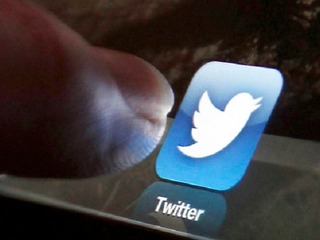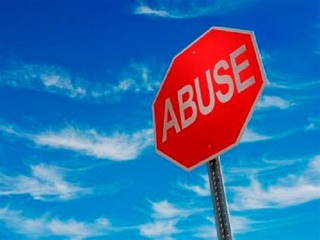
Like so many of you, I was absolutely gutted earlier this week when I learned about the death of Robin Williams, particularly when I learned about the circumstances. The questions that have come up in the wake of the tragedy, such as, “How could someone who made so many other so happy be so sad himself?” and “Was this preventable, and do we do enough to try to prevent other people from doing the same thing?” are important ones, and we should discuss them as a society.
If only everyone could be that thoughtful, though. Others (let’s call them “soulless assholes”) instead saw the tragic death of a beloved public figure as an opportunity to harass, and demean, his daughter on Twitter, forcing her to flee social media, perhaps for good.
In the wake of that incident, Twitter will now be reviewing some of its user protect policies, to stop something similar happening to other members in the future, the company has confirmed to VatorNews.
“We will not tolerate abuse of this nature on Twitter. We have suspended a number of accounts related to this issue for violating our rules and we are in the process of evaluating how we can further improve our policies to better handle tragic situations like this one,” Del Harvey, Vice President of Trust and Safety at Twitter, said in a statement.
Specifically, he said that Twitter would be expanding its “policies regarding self-harm and private information, and improving support for family members of deceased users.”
Following Robin Williams’ death on Monday, his daughter Zelda released the following statement to the media, regarding her father and his legacy:
“Dad was, is and always will be one of the kindest, most generous, gentlest souls I’ve ever known,” she wrote, in part, “and while there are few things I know for certain right now, one of them is that not just my world, but the entire world is forever a little darker, less colorful and less full of laughter in his absence. We’ll just have to work twice as hard to fill it back up again.”
Seems pretty heartfelt, right? Who could possibly have a problem with that?
Well, that statement somehow caused an unknown number of anonymous Twitter users to begin sending her messages that not only blamed her for her father’s death, but, even worse, some started sending her photoshopped images of her father’s dead body (stay classy, trolls).
In response, Williams announced that she would be abandoning social media, at least for the time being, but possibly a lot longer.
I’m sorry. I should’ve risen above. Deleting this from my devices for a good long time, maybe forever. Time will tell. Goodbye.
— Zelda Williams (@zeldawilliams) August 13, 2014
Frankly, I’m sure that Williams is not the first person who had something like this happen to her, but the power of celebrity trumps all else. I’m not saying that this incident is not worthy of attention; it is. It’s just that, would people have been as outraged and would Twitter publicly be making statements if the same thing happened to you or me? I think not.
Hopefully what this all really means that at least one good thing, however unintentional, can come out of this horrific situation.
Twitter’s crackdown efforts
Trolling on Twitter is a well-known problem, and one that the site has tried to combat in the past.
Last year, Twitter was forced to respond to an outcry over an incident where Caroline Criado-Perez, a freelance journalist who is also the co-founder of thewomensroom.org.uk and the Week Woman blog, was barraged with a series of rape threats, following her successful campaign to get Jane Austen’s face onto the 10 pound note.
A petition was started to get Twitter to add a “report abuse” button to the site, which was already on the iPhone app, but not on desktop or Android. The petition eventually got over 140,000 signatures and Twitter, to its credit, took it seriously
The company announced in August of last year that it would be adding such a button to the rest of its platforms. It also revealed that it would begin working with the UK Safer Internet Centre to promote safety online, and that it updated its Rules to make targeted abuse illegal.
Those were steps in the right direction, but there is still a lot more Twitter can, and should do. The progress on protecting its users, and giving them the best experience possible on the site, however is incremental at best.
(Image source: taringa.net)



















